- Joined
- Jun 30, 2024
- Messages
- 641
- Likes
- 6,628
Follow along with the video below to see how to install our site as a web app on your home screen.
Note: This feature may not be available in some browsers.
Y'all see this#DRDO/GTRE Kaveri engine cleared for aircraft integration in audit by #SAFRAN of FranceThe engine will likely be integrated with a limited serial production Tejas aircraft for testing. #IADN
View attachment 341
View attachment 342
source: @NewsIADN
Was always the case. The roadmap is pretty simple but bears repetition in spite of several posts to this effect in the past on various SM platforms.Y'all see this
Seems like it'll only be ready to tested by 2028-29
Y'all see this
Seems like it'll only be ready to tested by 2028-29
So as per idrw if it is getting ready by 2028-29. Let's assume production ready by 2032-33
Then more than half of those 97 ordered Tejas can have kaveri.
Agree with you. I see an afterburning Kaveri as a Tejas MLU replacement for F404. Why develop it at a relaxed pace? If it were developed more quickly, it could be used in some of the 97 additional Mk1A expected to be ordered.Was always the case. The roadmap is pretty simple but bears repetition in spite of several posts to this effect in the past on various SM platforms.
Install the Kaveri dry version on the Ghatak & get it certified followed by mating an AFB onto it, mounting it on a FTB ( be it Tejas or any other Aircraft) , test & certify it.
Further, before I forget, the aim of GTRE must be to achieve tech specs of ~ 52- 55 KN / ~ 90-95 KN in dry & wet thrust respectively for it to be really effective.
It's a pretty relaxed time frame as the initial lot of Mk-1 will come in for an MLU involving replacement of the TFs between 2035-40. The newest certified version of the Kaveri TF has to be ready by then to replace the F-404.
I considered timeline with delay,longer testing Etc.No. With the order of additonal 97, LCA product will be bumped upto 24/year and all jets will be delivered with GE404 by 2033.
The relaxed pace is on account of the UCAV Ghatak the dry version is supposed to power. It's not yet been sanctioned funds which is expected to happen this Financial Year.Encouraging reports of progress!
Agree with you. I see an afterburning Kaveri as a Tejas MLU replacement for F404. Why develop it at a relaxed pace? If it were developed more quickly, it could be used in some of the 97 additional Mk1A expected to be ordered.
I am surprised at the wet thrust level you mention. Eurojet EJ200 produces 60kN dry thrust and 90kN wet thrust (a 50% increase over dry thrust). The Kaveri target you set for wet thrust % increase over dry thrust is much higher. What makes you think that GTRE will manage to achieve that?
Thanks for the info.The GE - 414 has a dry thrust of ~ 58 KN & a wet thrust of ~ 98 KN. That's ~ 66% increase over the dry thrust. Subsequent iterations of the GE - 414 have an even better ratio with respect to the wet thrust.
It depends on the core & the envelope the GTRE can expand it too . In any case the version powering the Mk-1 / Mk-1a delivers ~ 50 KN / 85 KN respectively.
This has to be bettered as there are opinions in some quarters that in spite of powering the Tejas Mk-1 / Mk-1a with an improved version of the GE - 404 , it's slightly under powered.
With the MLU scheduled for 10-15 years from today, given the advancement in avionics they'd definitely require a much better power source. Hence the wish list from my end.
Thanks for the info.
It's a big ask to get Kaveri from 50kN/52kN dry thrust to 85kN wet - similar dry/wet % increase as found on GE F414.
There were also some simulation studies Reported that kaveri is capable to produce 57kn dry and 91kn wet thrust.
There was some news about structure of ucav almost ready, and ready for engine fitment. Not everything open source is the status quoThe relaxed pace is on account of the UCAV Ghatak the dry version is supposed to power. It's not yet been sanctioned funds which is expected to happen this Financial Year.
If the construction of the UCAV begins next year, it'd be 3 years for the construction followed by a year of taxi trials followed by Flight Trials. Assuming flight trials commence by 2030 , it'd take 5 years for certification.
One assumes that within a year of the flight trials as the flight envelope is expanded, that in itself would serve as validation of the dry version of the Kaveri.
All then that needs to be done is mate the AFB to the dry version of the Kaveri, mount it on an FTB & get it certified.
If the GTRE is convinced of the efficacy of the dry version based on bench tests & limited trials on the FTB, this process could well be circumvented with GTRE approaching MoD thru the DRDO for sanction of funds to conduct flight trials directly on the Tejas after mating the dry version of the Kaveri to the AFB, though I doubt the MoD will concur with this move.
The GE - 414 has a dry thrust of ~ 58 KN & a wet thrust of ~ 98 KN. That's ~ 66% increase over the dry thrust. Subsequent iterations of the GE - 414 have an even better ratio with respect to the wet thrust.
It depends on the core & the envelope the GTRE can expand it too . In any case the version powering the Mk-1 / Mk-1a delivers ~ 50 KN / 85 KN respectively.
This has to be bettered as there are opinions in some quarters that in spite of powering the Tejas Mk-1 / Mk-1a with an improved version of the GE - 404 , it's slightly under powered.
With the MLU scheduled for 10-15 years from today, given the advancement in avionics they'd definitely require a much better power source. Hence the wish list from my end.
There was some news about structure of ucav almost ready, and ready for engine fitment. Not everything open source is the status quo
Can this replace the Ukrainian gas turbines on current ships?
No isnt that simple sire we need dedicated bigger gas turbines to do soCan this replace the Ukrainian gas turbines on current ships?
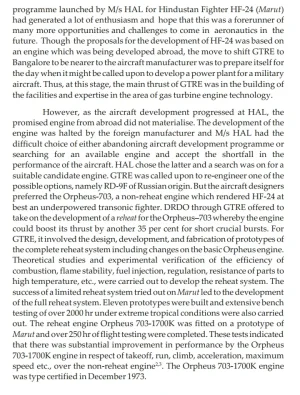
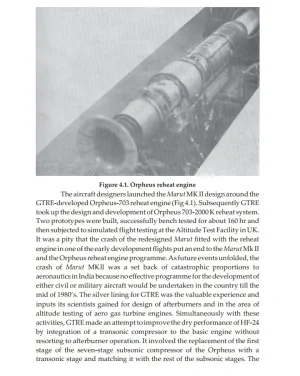
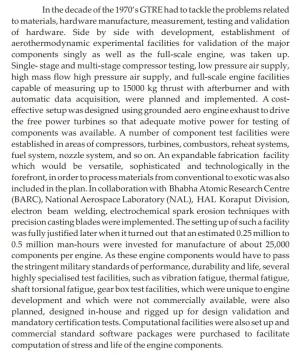
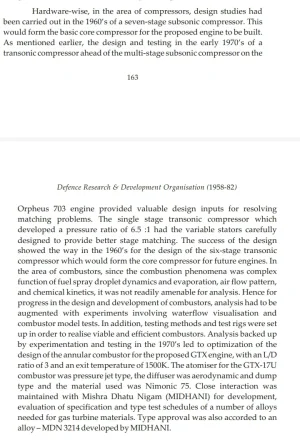
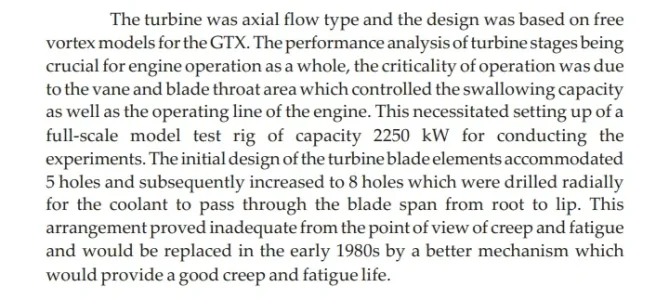
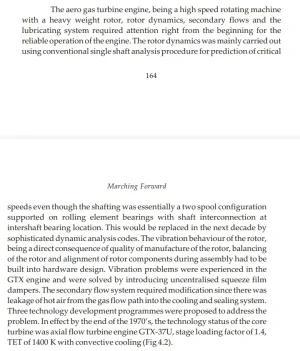

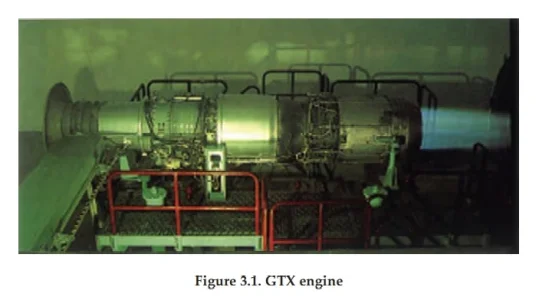
Kaveri engine has lot a of potential for growth.Encouraging reports of progress!
Agree with you. I see an afterburning Kaveri as a Tejas MLU replacement for F404. Why develop it at a relaxed pace? If it were developed more quickly, it could be used in some of the 97 additional Mk1A expected to be ordered.
I am surprised at the wet thrust level you mention. Eurojet EJ200 produces 60kN dry thrust and 90kN wet thrust (a 50% increase over dry thrust). The Kaveri target you set for wet thrust % increase over dry thrust is much higher. What makes you think that GTRE will manage to achieve that?
Yup that the caseSorry my ignorance so it means you can use it in Tejas?
If that is the case congratulations
